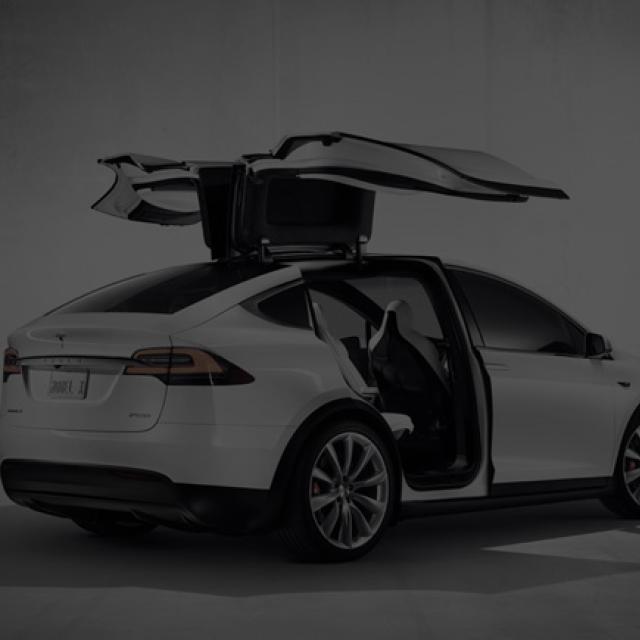2016 on four wheels: An electrifying year
Last updated on May 16th, 2018

Do you have a tingling sensation in your stomach? Is your heel tapping the ground? Feeling good about doing something for the environment (and for your wallet!)? That’s normal. It’s the electrifying feeling sparked by the revolutionary changes taking the car industry by storm this year. Because there’s no doubt about it, 2016 is the year of the electric car. These symptoms are not caused by excessive nervousness. They’re what happen when you drive a car with an engine that generates maximum torque when you hit the ignition, accelerating with ease each time you step on the “gas.”. All that, without having to worry about prices at the pump, because battery recharges cost only pennies.
Electric cars at affordable prices
We’re already seeing electric cars on our roads. In fact, Québec posts more electric vehicle sales—from the Nissan Leaf to the Tesla P90D—than anywhere else in the country. So why does 2016 mark a major turning point in the electric vehicle market? Because now you can finally purchase an electric car that has a driving range comparable to that of gas-powered vehicles, even if you don’t earn a six-figure salary.
First model in the running: The Chevrolet Bolt. This little American crossover will be available here next fall, retailing for about $35,000. Chevrolet promises a range of 320 kilometres per charge, and a fast charging mode that charges 80% of the battery’s capacity in less than an hour.
So the rivalry with Tesla Motors is going to be intense. This California-based group just put its big, expensive, entirely electric, seven-passenger, Model X SUV on the market, but it plans to launch a small sedan comparable to the Bolt within a year. This small electric vehicle, called the Model 3, has not yet made its public debut, but it shouldn’t be long in coming.
Admittedly, Tesla Motors CEO Elon Musk has had his hands full delivering the first Model Xs and modifying the plans for his reusable rocket, which will considerably reduce the cost of space exploration (apart from electric cars, Musk’s obsession is the colonization of Mars).
Electric vehicles are going global
Another sign that the electrification movement is now a global phenomenon, not exclusive to Toyota, Nissan, and Chevrolet, is that now even Porsche is showing interest in electron-based performance. Its Mission E prototype is indicative of the changes this Stuttgart company is planning for the near future in order to compete with Tesla.
True to the Porsche name, the car is designed to go from 0–100 km/h in 3.5 seconds and features an all-electric range of 480 kilometres. Headed up by a project manager who worked on the Boxster, the car is expected to hit the market by the end of the decade. In a way the move brings the car company full circle since the brand’s founder Ferdinand Porsche designed a hybrid car as early as 1902!
Hyundai and Kia were the only big car industry names missing from the hybrid market, but it looks like that is about the change. Kia has been playing around with a prototype of a small family car called the Niro for a number of years, and this winter we got to take a look at the final prototype before the commercialization stage. Meanwhile, Hyundai is coming out with a similar model, called the Ioniq.
In both cases, the idea is to offer consumers three versions to choose from: hybrid, plug-in hybrid, and all-electric. Very little is known about the various versions of this model, but they should be available by 2017. Their mechanical configurations are expected to be similar to that of the Toyota Prius, Chevrolet Volt, or Chevrolet Bolt, depending on the version.
One thing’s certain, both Korean brands have announced that they plan to market affordable vehicles at prices lower than those of their direct competitors.
Tesla, Hyundai, Porsche—everybody’s going electric! Convinced yet?



